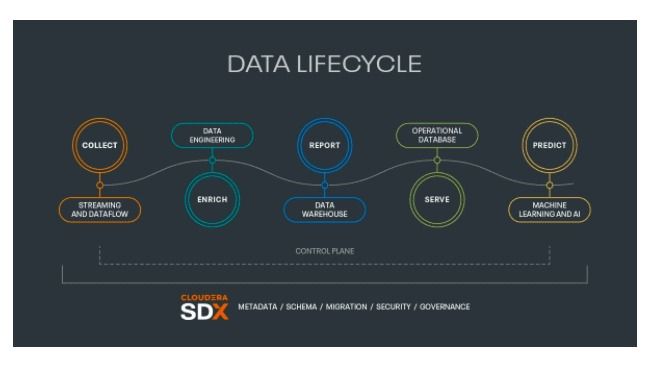When six-foot-four inch Marty first rolled into Stop & Shop, the robot walked into history. Social robot experts say it is among the first instance of a robot deployed in a customer environment, namely supermarkets in the Northeast.




The FBI is concerned that AI is being used to create deepfake videos that are so convincing they cannot be distinguished from reality.
The alarm was sounded by an FBI executive at a WSJ Pro Cybersecurity Symposium held recently in San Diego. “What we’re concerned with is that, in the digital world we live in now, people will find ways to weaponize deep-learning systems,” stated Chris Piehota, executive assistant director of the FBI’s science and technology division, in an account in WSJPro.
The technology behind deepfakes and other disinformation tactics are enhanced by AI. The FBI is concerned natural security could be compromised by fraudulent videos created to mimic public figures. “As the AI continues to improve and evolve, we’re going to get to a point where there’s no discernible difference between an AI-generated video and an actual video,” Piehota stated.
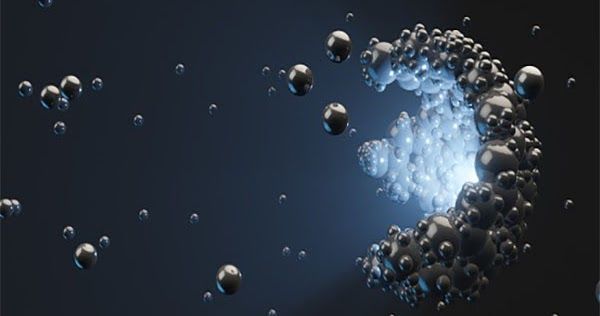
New types of antibiotics are being developed using an AI machine-learning approach that scans a pool of more than 100 million molecules, including one that works against strains of bacteria previously considered untreatable, according to a recent account in Nature.
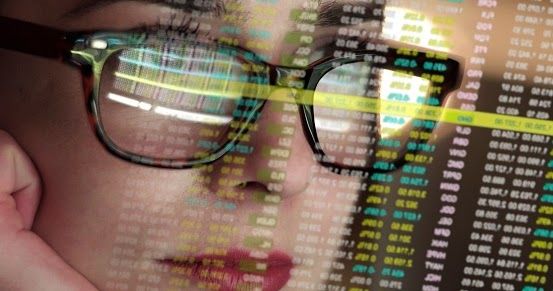
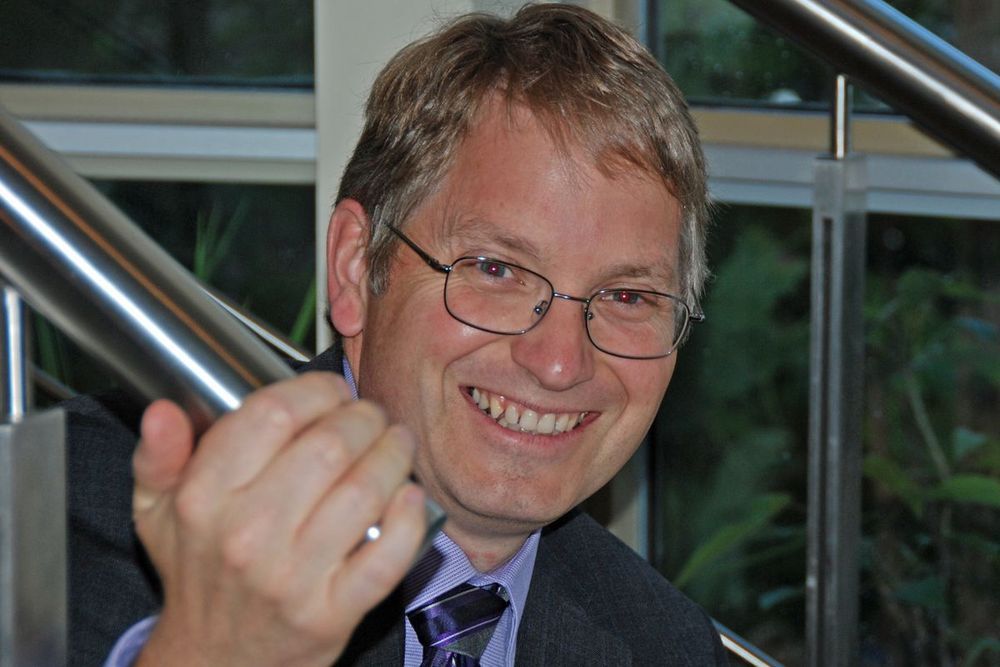
If Dr. Mainprize felt proud of his role in the breakthrough, he didn’t show it.
He was well aware of the significance of this achievement; it was potentially the key to tackling a wide range of illnesses, from brain cancer to Parkinson’s disease and Alzheimer’s disease – illnesses that are currently impossible or hard to cure. But he also knew he and his team at Sunnybrook Health Sciences Centre still had a long way to go before their work translated into actual treatment for patients, said his close friend and colleague Nir Lipsman.
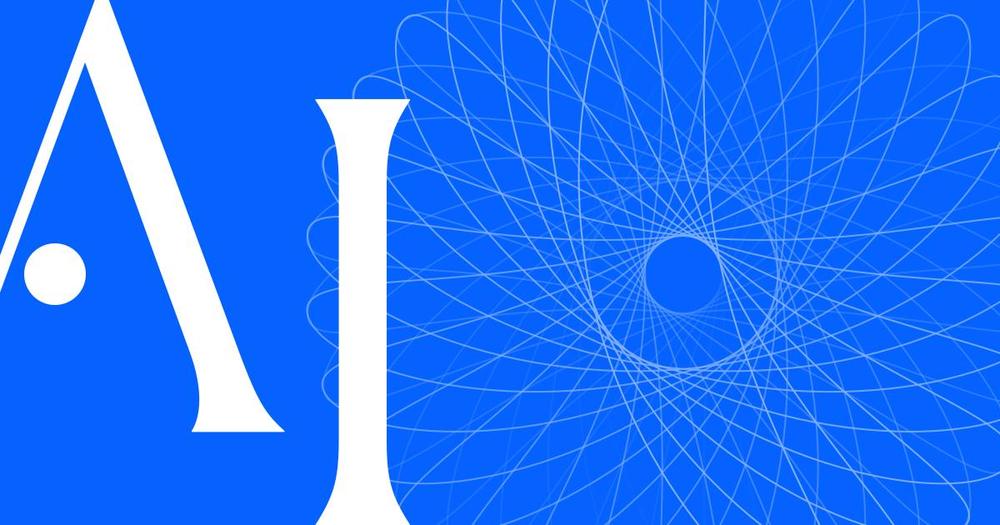
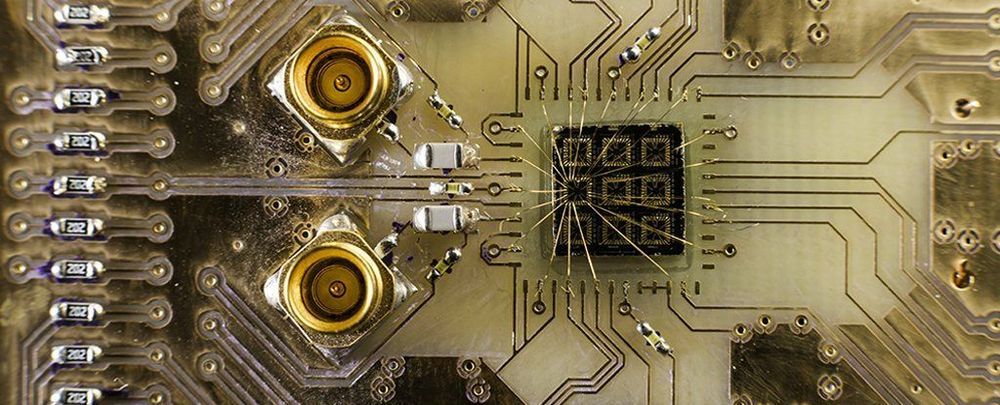
By making use of the ‘spooky’ laws behind quantum entanglement, physicists think have found a way to make information leap between a pair of electrons separated by distance.
Teleporting fundamental states between photons – massless particles of light – is quickly becoming old news, a trick we are still learning to exploit in computing and encrypted communications technology.
But what the latest research has achieved is quantum teleportation between particles of matter – electrons –something that could help connect quantum computing with the more traditional electronic kind.

For an indication about bifurcating the levels of self-driving, see my indication here: https://aitrends.com/ai-insider/reframing-ai-levels-for-self…-autonomy/
Conclusion
The consensus among self-driving car aficionados is that a robot driver is a long way away from being practical. A robot driver is considered generally to be more futuristic than trying to develop a self-driving car instead.

The lifecycle starts when data is collected or ingested from any source. With the advent of 5G, this includes ever more data that’s streamed and generated in real-time.
Companies realize that in order to grow, connect products and services, or protect their business, they need to become data-driven. In selecting the tools to realize these goals, organizations effectively have two choices: a self-selected combination of analytics tools and applications or a unified platform that handles all. In this blog we will discuss the challenges of the former choice that will provide justification for the latter. Let’s take a step back and ask: what do organizations need in terms of analytics to realize their data-driven goals? What is needed to combat customer churn, provide a predictive maintenance service or identify fraud as it happens? One thing is clear: it is not one single analytical capability. Implementing innovative and differentiating business use cases is not simply selecting the perfect data warehouse solution and calling it good. Today’s solutions require more than a better individually functional tool. Going from data to insight to action demands a complete range of capabilities that spans the data life cycle from the edge to AI.
